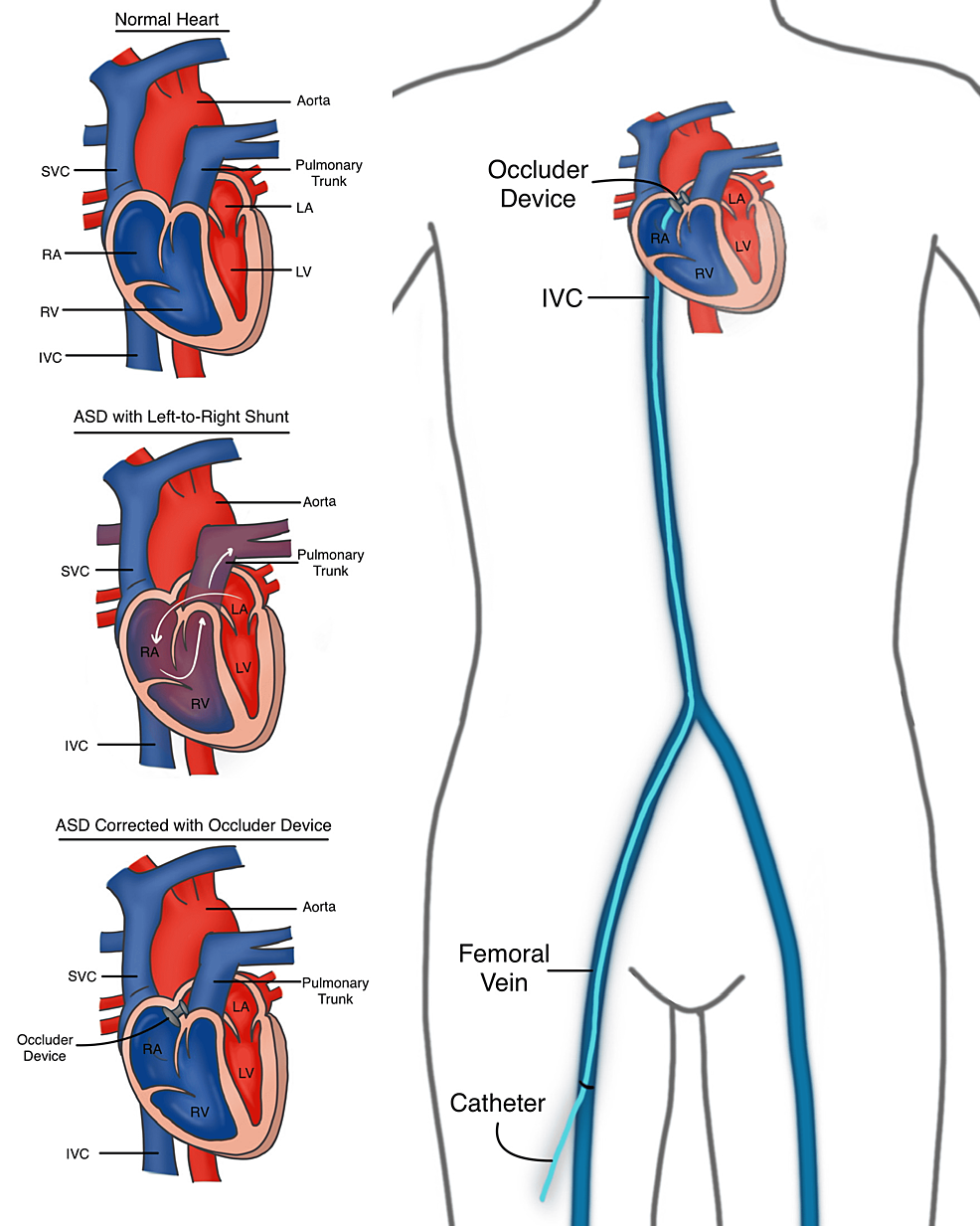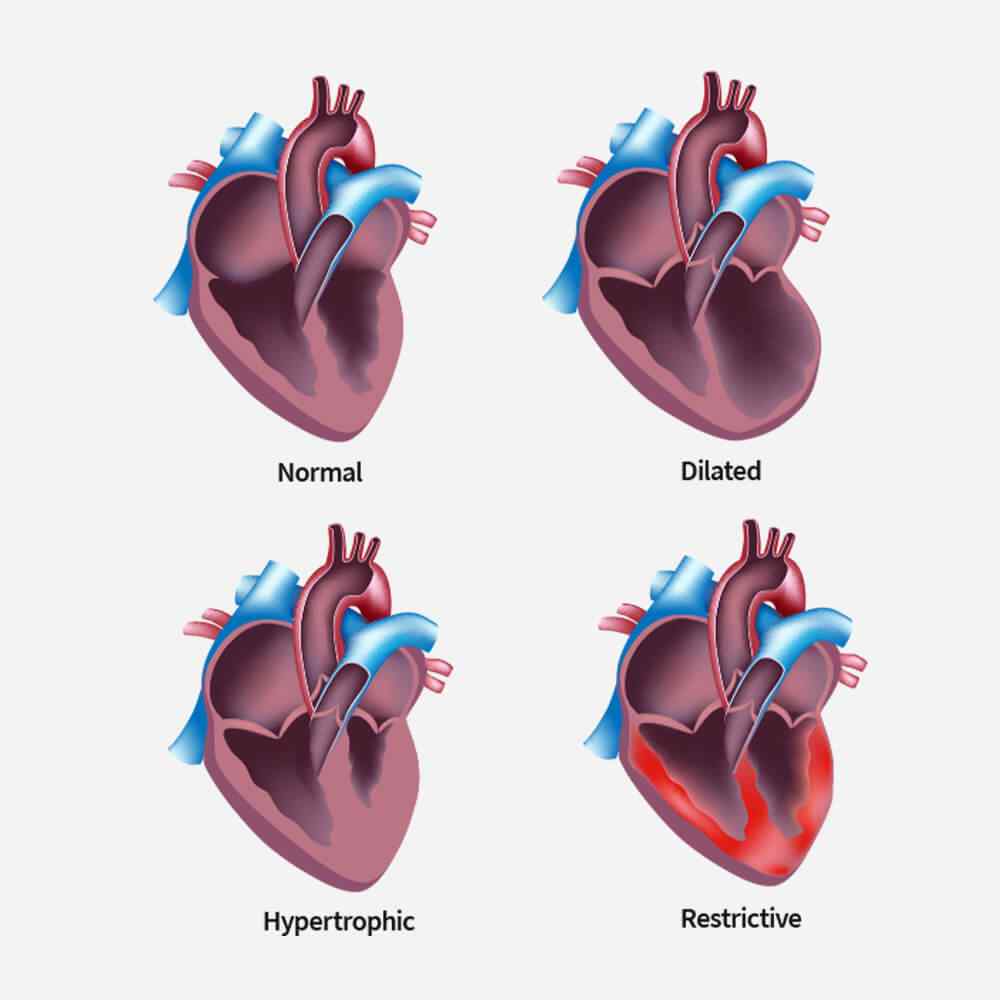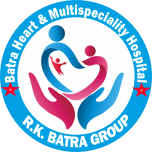Patent Ductus Arteriosus
Patent Ductus Arteriosus
Coronary angioplasty is a medical procedure used to treat blocked or narrowed coronary arteries, typically caused by atherosclerosis. During the procedure, a catheter with a balloon at its tip is threaded into the blocked artery and inflated to widen it. Often, a stent is placed to keep the artery open, restoring blood flow to the heart muscle and alleviating symptoms such as chest pain (angina). This minimally invasive intervention helps improve blood circulation and can prevent heart attacks in individuals with coronary artery disease.
During coronary angioplasty, a catheter is threaded through a blood vessel to the coronary arteries. A tiny balloon at the catheter’s tip is inflated to widen a narrowed artery, improving blood flow to the heart. Often, a stent is placed to keep the artery open. This minimally invasive procedure reduces symptoms of coronary artery disease.
Approach
For everyday care or life-changing care you can count on our doctors.
Experts
You can count on us to keep you and your loved ones safe and healthy.
Technology
Cardiac rehabilitation (CR) can slow or reverse the nurse progression.
Facilities
We use a team approach to providing health care, and involve the patient.


Patent Ductus Arteriosus
It seems like you may be referring to a scenario where there are restrictions or limitations related to coronary angioplasty. If you have specific details or concerns in mind, please provide more information so I can offer a more accurate response.
Coronary angioplasty, or percutaneous coronary intervention (PCI), involves dilating narrowed coronary arteries. A catheter with a deflated balloon is advanced to the blockage site. Upon reaching the narrowed segment, the balloon is inflated, compressing the plaque and widening the artery. This dilation restores blood flow, relieving symptoms and improving overall cardiac function.
Coronary angioplasty is a procedure primarily used to address coronary artery blockages. However, for hypertrophic conditions like hypertrophic cardiomyopathy (HCM), angioplasty may not be the first-line treatment. HCM involves thickening of the heart muscle and is typically managed through medications, lifestyle changes, or in severe cases, surgery. Angioplasty isn’t a standard approach for hypertrophic conditions. Always consult with a healthcare professional for personalized advice.
Coronary angioplasty primarily addresses blockages in coronary arteries supplying blood to the heart muscle. It isn’t typically performed in the right ventricle, which is a chamber of the heart responsible for pumping blood to the lungs. Procedures involving the right ventricle, such as right heart catheterization, differ and are usually conducted for specific diagnostic purposes or conditions affecting that particular heart chamber. Always consult with a healthcare professional for personalized medical advice.
Related TreatmentPatent Ductus Arteriosus
The treatment for Patent Ductus Arteriosus (PDA) depends on the severity of the condition, the age of the patient, and the presence of symptoms.
